Extreme Heat Protection: OSHA’s New Regulatory Priority
By Mairis Ramos, Director of OSHA Education / Environmental Manager (Tulsa, Oklahoma)
Mairis Ramos hales from Venezuela as an Industrial Engineer with 9 years of experience in Safety, Environment and Occupational Health. Her ability to implement accident reduction programs is a testament to her commitment to excellence and innovation in the field of industrial engineering.
Extreme heat has become an increasingly serious threat to the health and safety of millions of workers across the United States. As climate change drives up global temperatures, OSHA has identified heat exposure as one of the leading causes of preventable occupational illnesses and fatalities. In response, the agency is actively developing a new federal standard for heat protection in the workplace, which will establish baseline requirements for safeguarding employees working in both indoor and outdoor high-heat environments.
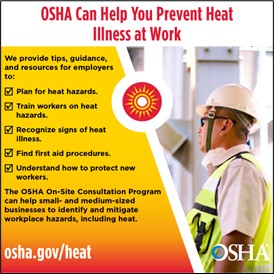
The Urgency of the Problem
Every year, hundreds of workers suffer from heat exhaustion, heat stroke, fainting, and in severe cases, death due to high-heat work conditions. According to OSHA and NIOSH data, at least 43 workers died from heat-related causes in 2022 alone, with thousands more suffering from non-fatal heat illnesses.
The most affected sectors include:
- Agriculture and landscaping
- Construction
- Manufacturing and heavy industry
- Warehousing and logistics
- Delivery and transportation
- Food service and laundry work in poorly ventilated areas
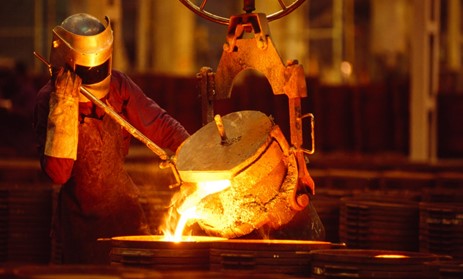
The absence of a specific federal standard has left a regulatory gap that OSHA is now working to close.
OSHA’s Progress on the Heat Standard
In September 2021, OSHA published an Advance Notice of Proposed Rulemaking (ANPRM) to initiate the rulemaking process. Since then, the agency has held public hearings, collected stakeholder input, and reviewed scientific evidence and worker testimony.
While the rule is still in development, it is expected to include the following key components:
- Heat Hazard Assessments
Employers will be required to evaluate job tasks, locations, and environmental conditions that pose heat-related risks. These assessments will go beyond temperature and consider humidity, workload, clothing, and work intensity.
- Hydration and Rest Access
Employers must provide unlimited access to cool drinking water. Scheduled rest breaks will be required during high-heat periods, especially for new or unacclimatized workers.

- Shade and Cooling Areas
Workers must have access to shaded areas or cooling zones where they can recover from heat exposure. This could include tents, air-conditioned trailers, or ventilated indoor spaces, depending on the setting.
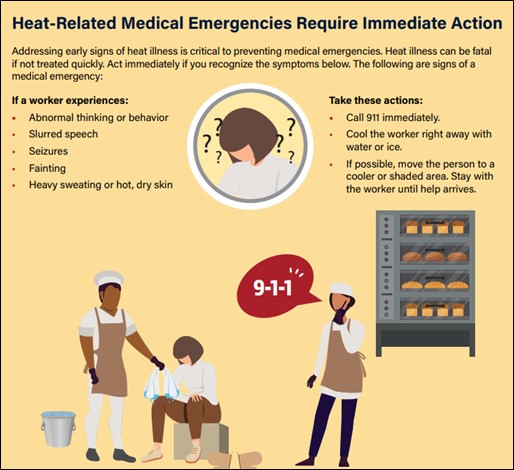
- Emergency Response Plans
Employers will need to develop written plans for responding to heat-related emergencies, including recognizing symptoms of heat illness, emergency procedures, and how to seek medical attention.
- Mandatory Training
Mandatory Training
- Identifying symptoms of heat-related illnesses
- Prevention and early response actions
- Workers’ rights to a safe workplace
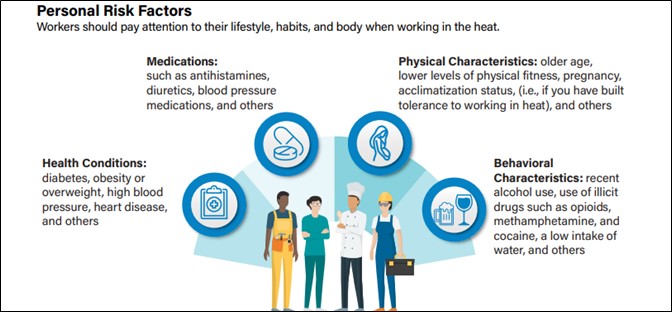
OSHA’s Interim Measures
While the permanent rule is in progress, OSHA has already implemented a National Emphasis Program (NEP) on Heat Illnesses as of 2022. This program allows proactive inspections in high-risk industries during high-temperature periods, without the need for a formal complaint.
In addition, OSHA continues to promote its awareness campaign:
“Water. Rest. Shade.” — emphasizing the three most critical elements of heat illness prevention.
Expected Impact and Benefits
The eventual adoption of a federal heat standard will mark a historic step forward in worker protection. Anticipated benefits include:
- Fewer illnesses, injuries, and deaths related to heat stress
- Increased employer awareness and accountability
- Improved planning and adaptation to extreme weather
- Reduced medical costs, absenteeism, and legal liability
- Stronger safety culture in high-risk industries
This regulation will not only save lives—it will also help promote dignity, equity, and safety in workplaces that have long faced disproportionate heat exposure risks.
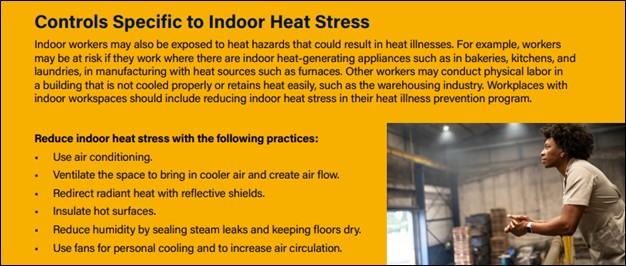
Conclusion
Heat exposure is no longer just a seasonal concern—it is a growing occupational hazard that demands urgent and systematic action. OSHA is leading the way with the development of a comprehensive heat protection standard that aligns with current scientific evidence and worker needs.
While the final rule is being finalized, employers must act now by implementing best practices. Proactively protecting workers from extreme heat is not only about legal compliance, but also about creating safer, more humane, and more resilient workplaces for the future.
For more resources: https://www.osha.gov/heat/more-resources